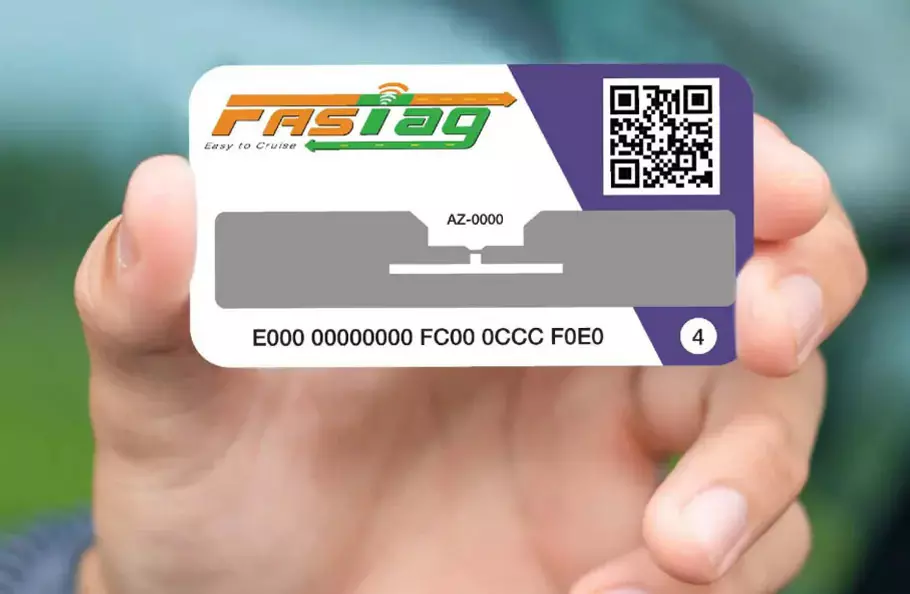
New FASTag rules from August 1: All you need to know
Re-KYV process is to be done every three years, says NPCI

New FASTag regulations for paying tolls will come into effect from August 1 and vehicle users have time till October 31 to comply with the rules issued by the National Payments Corporation of India (NPCI).
As per the new guidelines, each FASTag is linked to a mobile number and the issuers have been told to ensure appropriate KYC associated with the mobile number.
Here is all you need to know about new FASTag regulations.
All FASTags that are more than five years old are to be replaced with new ones, as per the new guidelines.
Re- KYV (Know Your Vehicle)
According to NPCI, existing FASTags shall comply with the KYV guidelines as mentioned below:
a. Every issued tag is linked to a unique Vehicle Registration Number (VRN) and chassis number. In case the tag is issued on new vehicles where VRN is not available, chassis number is mandatory. Issuers to ensure that the VRN is updated within 90 days and in case there is failure to update the VRN, Issuer shall move such tags to Hotlist. In case there is no VRN update even within 30 days from hotlisting the tag, the issuer shall close these tags with the reason of non-compliance.
b. All tags shall be verified with VAHAN database or Issuer shall verify the tags.
c. Each issued tag is associated with clear images of the vehicle (front with tag affixed & side with axle) and clear image of the issued tag.
d. Each tag is linked to a mobile number. Issuers to ensure appropriate KYC associated with the mobile number.
“The target date for the above compliance is 31st October 2024. All tags issued by the Issuers that do not comply with the above point 1 shall be blacklisted by the Issuer and no transaction can be done on such tags,” NPCI said on its website.
All FASTags issued from 1 August 2024 should comply with the new guidelines, said NPCI.
Re-KYV process is to be done every three years. However, in case tags that are in the hotlist and deficiencies are observed in terms of documentation/KYV details, re-KYV process is to be undertaken by the issuers, it said.
Uploading documents for KYV
Customers are required to upload a copy of their RC (Registration Certificate) as part of the KYV process. Digital copies are permitted only through Parivahan or DigiLocker (No copies with Masked Data), and Issuers shall implement appropriate checks to ensure compliance. Customers should upload the Vehicle Image – front and side: The front image shall clearly capture the affixation of the tag on the windshield and vehicle registration number. The side image should capture the vehicle axles. All images should be captured in sufficient light and should be clear and legible, NPCI said.
The KYV process should also coincide with OVOT (one-vehicle-one tag) mandate. Customers to log in the bank portal and select/enter their Vehicle Registration Number (VRN).
